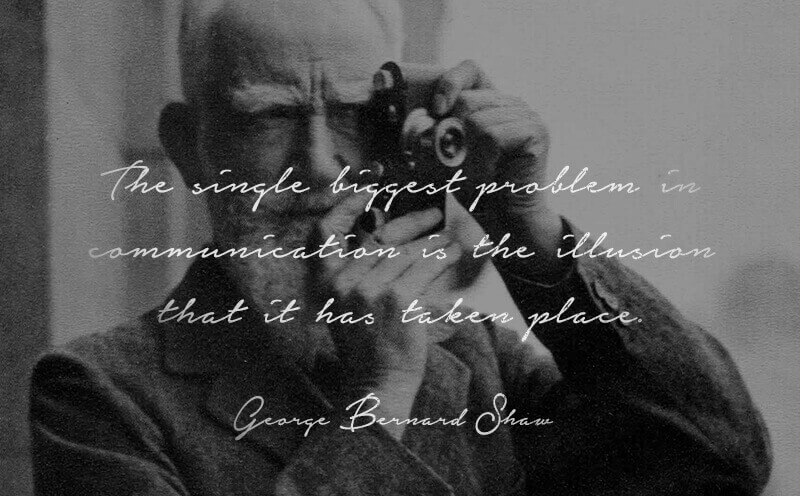“The single biggest problem in communication is the illusion that it has taken place.” – George Bernard Shaw
One of the most stimulating facets of working in an agency is the frequency at which we are given short-turnaround projects. While agency employees love the success that comes with long, thought-out marketing campaigns, many of us enjoy the fast-paced thrill of a last-minute project.
When a new client realizes that they haven’t planned for Black Friday and it is now October, or they realize it’s 2015 and they haven’t planned past the holidays– those are the projects that separate the men from the boys. The biggest differentiator between a campaign flop and a campaign award-winner is perfect in its simplicity: communication.
To communicate effectively, think like a first-grade teacher. The best teachers know that not all children learn through the same sensory mechanisms; some learn best through listening, others by writing, and still others by speaking/repetition. To this end, it can be powerful to ensure that information for projects is given in as many ways as possible. It should be given via meeting (face-to-face is always better, especially for last-minute projects), campaign brief, email, and planning sessions. The more opportunities a project manager can give stakeholders a chance to absorb information about a campaign, the better.
Another powerful communication strategy is to avoid assumptions. My Army-trained father has a famous saying in our family- “‘Assume’ makes an ‘ass’ out of ‘u’ and ‘me.’” Some of the most epic project failures have come from assumptions, especially on short-turnaround projects. We assume that the IT department is talking to the marketing department, we assume that someone along the way has done audience research, or we assume that this campaign falls into the overall branding and budgeting goals for the year because we assume someone has run the idea past the VP of Marketing. You can never over-communicate, especially on short-turnaround projects.
